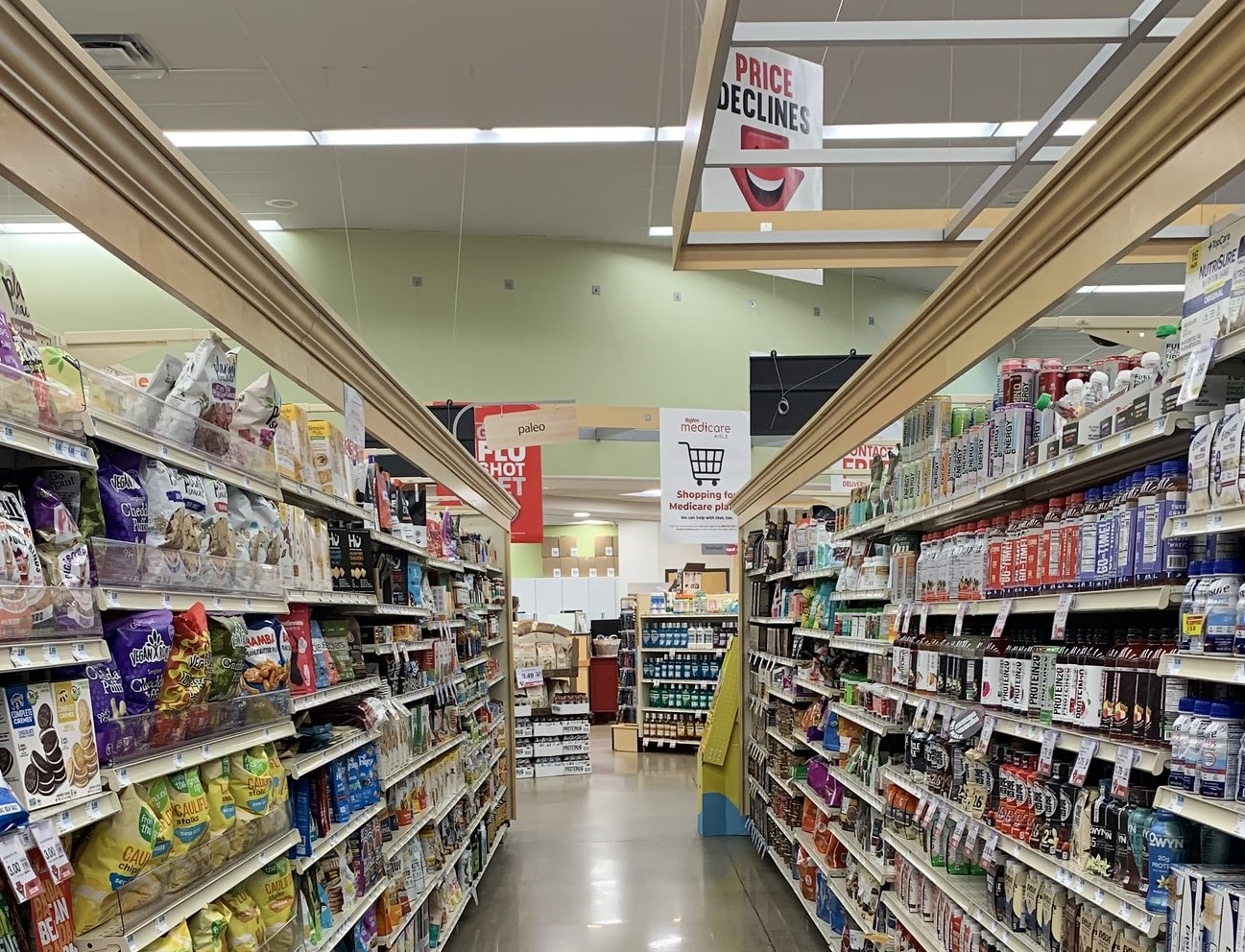
Stores and brands know that you’re not happy about rising grocery prices. But what do they plan to do about it? Turns out the manufacturers that make our grocery products and the retailers that sell them have different, often conflicting, strategies that could affect your grocery bill in the coming year.
Advantage Sales, a division of the business solutions provider Advantage Solutions, is out with its latest annual “Advantage Sales Outlook,” in which it surveyed 71 consumer packaged goods manufacturers and 43 retailers to find out how they plan to address rising prices at the grocery store.
The good news is that “price increases at the shelf may slow next year,” the report finds. But retailers’ and manufacturers’ strategies to make money, while saving you money, aren’t necessarily in sync. “In some areas, they’re on the same page and working together for mutual benefit,” Jill Blanchard, president of client solutions for Advantage Solutions, said in a statement. “But there are areas where their individual goals may be at odds.”
The majority of manufacturers don’t want to raise their prices, and are trying to avoid doing so. 85% are investing in supply chain efficiencies, so they don’t have to pass along higher costs to consumers. While only 12% expect to lower shelf prices in the coming year, fewer than 40% say they expect to raise them.
There’s a tradeoff, though. Manufacturers’ focus on keeping shelf prices low, will largely come at the expense of money-saving promotions. Over the past six months, six out of ten manufacturers surveyed say they’ve decreased the amount they’re spending on promotions, and eight in ten are planning to do so next year. That translates to fewer, or less-generous, coupons and deals for many of your favorite brands. That’s not true in all cases – about half of all manufacturers say they will probably increase some promotions, on some products, “a little,” but only 13% say they plan to increase promotions “a lot,” while 39% won’t do so at all.
Instead, nearly all manufacturers plan to promote their products by explaining why they’re worth the price. 95% expect “to market their products as trusted, high-quality brands,” with most saying they will use this tactic “a lot.”
What about retailers, though? They’re the ones who advertise and put out sales circulars, hoping to attract shoppers with their great deals and low, low prices. Manufacturers may try to justify higher prices by emphasizing their “trusted, high-quality brands” – but that strategy is not going to cut it in the pages of a weekly grocery ad.
So retailers want to offer their customers more opportunities to save. Two-thirds are reluctantly passing along manufacturers’ higher list prices at the shelf. About half of retailers plan to offer more long-term temporary price reductions, or increase promotions where they can. But with manufacturers reducing the amount of money they’re making available for stores to put their products on sale, retailers plan to invest more effort into marketing and promoting their own products.
Nearly nine out of ten retailers say they will offer even more private label, store-brand products in the coming year. About half are considering featuring these lower-priced products in in-store displays, while 40% plan to “increase the retail price difference between branded products and their lower-priced store brands,” either by maintaining elevated brand prices, or by lowering private label prices.
The one strategy on which retailers and manufacturers agree, is attempting to offer relatively attractive everyday prices. “A majority of consumer packaged goods manufacturers and retailers believe price points are ‘more important’ in today’s marketplace” than temporary price reductions, the report found.
If inflation begins to ease, however, retailers’ and manufacturers’ strategies begin to diverge once again. “Manufacturers are generally focused on the opportunity to reinvest in their brands and businesses,” the report found, “while retailers are interested in reducing price points and giving shoppers a better deal.” Most manufacturers say they will invest any additional funds into marketing their brands’ quality and performance, while more retailers hope to seize the opportunity to lower everyday prices and increase promotions.
So buckle up – while the rate of price increases may slow, it doesn’t look like prices at the grocery store will actually be coming down any time soon. And if you can’t find coupons or deals on your favorite brands – your stores have some of their own less-expensive brands they’d love for you to try instead.
Image source: Megan Freeman











I remember when Ron Johnson sunk JCPenney when he made the mistake thinking that US shoppers just wanted everyday low prices. Without a printed coupon, shoppers were not motivated to get to the store as frequently. It didnt work out too well for JCPenney. My friends still like paper coupons and the task of organizing.